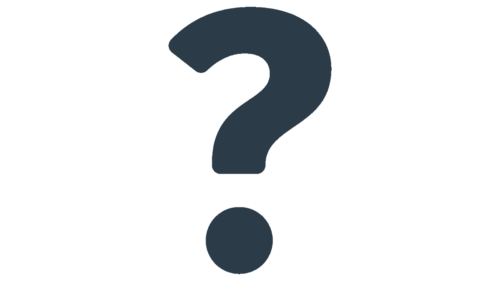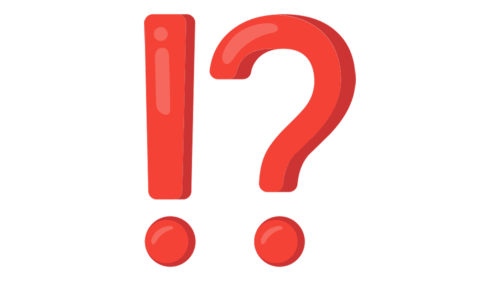Question Mark Emoji PNG
❓ ⁉️ ❔
Of course, a huge number of people around the world today use various emoji in correspondence and social networks. However, there are also those who don’t really encourage fun and colorful Unicode pictures. But even such people sometimes just need to reinforce the meaning of their message. And that’s where colorful punctuation marks come to the rescue. Today we’ll talk about three of these emoticons, the Question Mark Emojis.
❔ The “White Question Mark” emoticon was assigned the code U+2754, with which it was added to the Symbols section of the Unicode 6.0 standard in 2010.
❓ The “Red Question Mark” emoticon was assigned the code U+2753, with which it was added to the Unicode 6.0 Standard Characters section in 2010.
⁉️ The “Exclamation and Question Mark” emoticon was assigned the code U+2049 U+FE0F, with which it was added to the Unicode 3.0 Standard Characters section in 1999.
Meaning of the Question Mark Emoji
Punctuation (the science of punctuation) has two tasks: to help people express their thoughts clearly, to separate sentences and their parts from each other, and to express emotions. The question mark serves these purposes in particular.
The punctuation mark “question mark” (“?”), as we know, is usually placed at the end of a sentence to express a question or doubt.
The question mark is derived from the Latin letters “q” and “o”, which are, respectively, the first and last letters of the Latin word quæstio (question; search). At the end of each questioning sentence it was written abbreviated: qo. This abbreviation then turned into a ligature, the question mark.
In programming, the question mark can be used as a wildcard, to replace any character. Some programming languages like C#, Perl, BASIC, PHP and others use question mark for various actions. The question mark is also used in URL and MS-DOS commands.
Of course, the first thing this symbol means is a question. In spoken language, this is expressed by an appropriate intonation, which is called a question mark. Another question mark can mean bewilderment or doubt. Sentences with question marks sometimes express a figure of speech called a rhetorical question. It is asked not to ask, but to express admiration, indignation and similar strong feelings, as well as to urge the listener, reader to understand this or that event. The answer to the rhetorical question is given by the author himself.
In company with an exclamation mark, the question conveys the meaning of extreme surprise.
By the way, the Exclamation Point comes from the expression “note of admiration”. According to one theory of its origin, it was the Latin word for joy (Io), written with an “I” above the letter “o”. The exclamation mark first appeared in Edward VI’s Catechism, printed in London in 1553.
The Use of the Question Mark Emoji
The question mark is usually at the end of a sentence, but not only. When indicating doubt, suspicion, meditation, the question mark is placed in the center of the sentence and enclosed in parentheses (?).
Sometimes the question mark is mentioned in speech with an allegorical purpose, wishing to express something mysterious, incomprehensible, hidden. In this case, the phrase “question mark” sounds like a metaphor.
In addition, the question mark emoji is used in messages when you don’t quite understand what the other person means, or when you are confused and simply don’t know how to respond. In this context, the question mark emoji is usually the only character in the entire message.
Conclusion
As you can see, a question mark does not always mean a question. Like many other symbols and emoticons, Question Mark Emoji has several meanings, and sometimes it’s quite difficult to understand from the context what emotion your interlocutor is putting into this emoticon. But at least now you know all the possible options.









